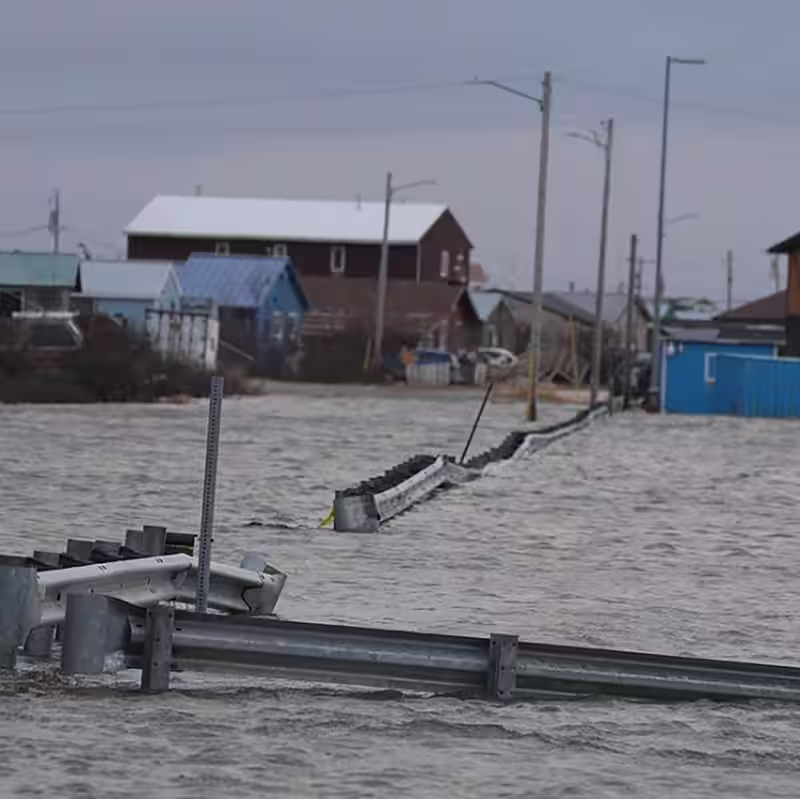Table of Contents
- Alaska Flooding Crisis Unfolds
- How Typhoon Halong Hit Alaska
- Massive Rescue Efforts Underway
- Record-Breaking Storm Surges
- Climate Change and Future Risks for Alaska
- Sources
Alaska Flooding Leaves 1 Dead, 2 Missing
A devastating flood triggered by the remnants of Typhoon Halong has left one person dead and two others missing in western Alaska. The tragedy unfolded in Kwigillingok, a remote, low-lying village along the Bering Sea that was overwhelmed by extreme winds and surging floodwaters on Sunday, October 13, 2025.
According to the Alaska State Troopers, all three individuals were reported missing from the same village. By Monday, one fatality had been confirmed, while search teams continued to look for the two still unaccounted for.
How Typhoon Halong Hit Alaska
Though Typhoon Halong originated in the western Pacific, its powerful remnants traveled thousands of miles to slam into Alaska’s western coast with hurricane-force winds and unprecedented tidal surges.
The storm tore homes from their foundations, downed power lines, and wiped out critical communication infrastructure—leaving many villages without cell service or electricity. In a region where air and sea travel are lifelines, damaged runways and boats severely hampered emergency response.
Massive Rescue Efforts Underway
Despite the challenges, a coordinated rescue operation involving the U.S. Coast Guard, Alaska Army National Guard, and Alaska Air National Guard managed to save at least 51 people from Kwigillingok and the nearby village of Kipnuk.
“Some survivors were swimming or clinging to debris just to stay above water,” said Captain Christopher Culpepper of the Coast Guard during a Monday press briefing. “It is absolutely devastating.”
At least three critically injured individuals were medically evacuated to Bethel, the nearest major hub. Many others remain in emergency shelters as officials assess structural damage and potential environmental hazards, including fuel spills from damaged storage tanks.
Record-Breaking Storm Surges
Meteorologists confirmed the flooding was historic:
| Village | Storm Surge Height | Previous Record |
|---|---|---|
| Kipnuk | 6.6 feet above normal tide | 4.7 feet (2000) |
| Kwigillingok | 6.3 feet above normal tide | 3.0 feet (1990) |
“These weren’t just high tides—they were walls of water,” said David Kramer, a meteorologist with the National Weather Service. “Category 2 hurricane-force winds accompanied the surge, making conditions even more dangerous.”
Climate Change and Future Risks for Alaska
Scientists warn that such extreme weather events may become more frequent as Arctic warming accelerates sea-level rise and intensifies storm systems. Many Alaskan coastal villages—already built on permafrost—are increasingly vulnerable.
“Communities like Kwigillingok have been asking for relocation assistance for years,” said an environmental policy analyst with the University of Alaska Fairbanks. “This disaster underscores the urgency.”
With another storm system forecast for Tuesday night, officials are racing to secure shelters and restore communications before winter’s deep freeze sets in.
Sources
The New York Times – Alaska Flooding Leaves 1 Dead and 2 Missing




